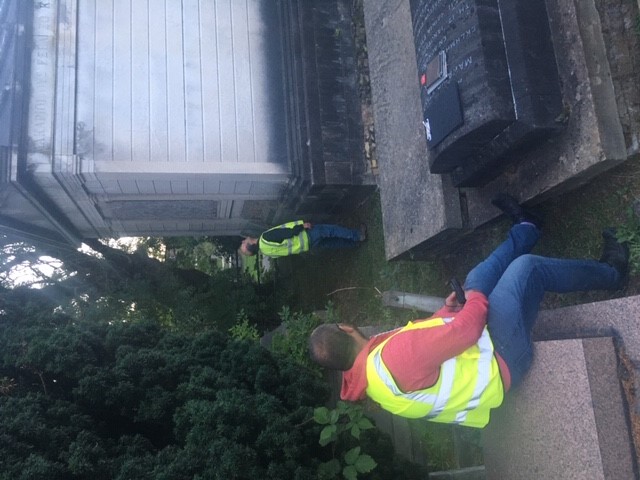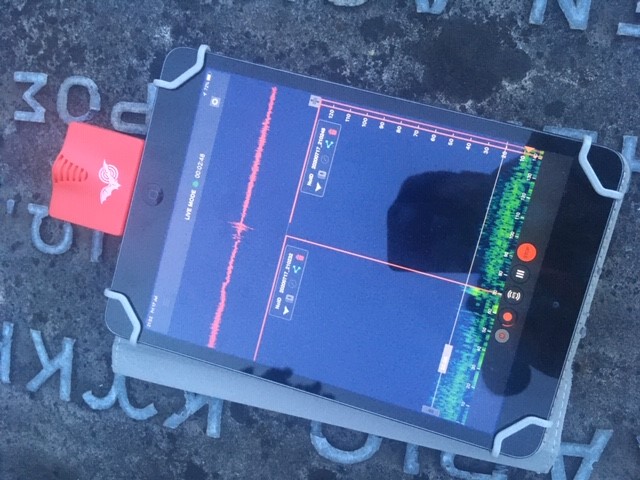Searching for Bats
Bats can be a bit of a "marmite" animal, often dividing public opinion but we feel there is something special and uniquely calming about being in a cemetery at dusk, listening closely to the air around you, whilst trying to spot these fascinating flying mammals.
Today's activity was not one of our guided Bat Walks but a research exercise to see if any bats are roosting in one of West Norwood Cemetery's grandest monuments, XE Balli. As a protected species, any planned construction works where bats are roosting, or have been roosting, will need licensing. The night time investigations form part of the process, as the extent of bat activity and licence will determine how the works on site are carried out.
Andrew and Mark from ASW Ecology accompany me and advise that bats are predictable creatures for meal times, so we keep our eyes peeled and check our watches as it’s any time from 9.20pm that they could make an appearance. The weather is 23 degrees, perfect conditions for spotting bats and the consultant team are confident that we will detect bats through readings taken on their sensor equipment. The kit they use is highly sensitive and each bat in the vicinity, either feeding or roosting, will trigger the sensor. We do detect a couple of bats (the frequency determining the likely type – there are 18 “common” bat species in the UK) namely a pipistrelle and possibly a rarer Leisler's bat but nothing is seen and overall it is a quiet night. This sadly supports findings by conservationists that the UK bat populations have significantly declined over the last century (even in cemeteries), however it did not take away from the thrill of watching and waiting for them to potentially appear in this amazing setting.


Article by Dan Thomas, July 2020
